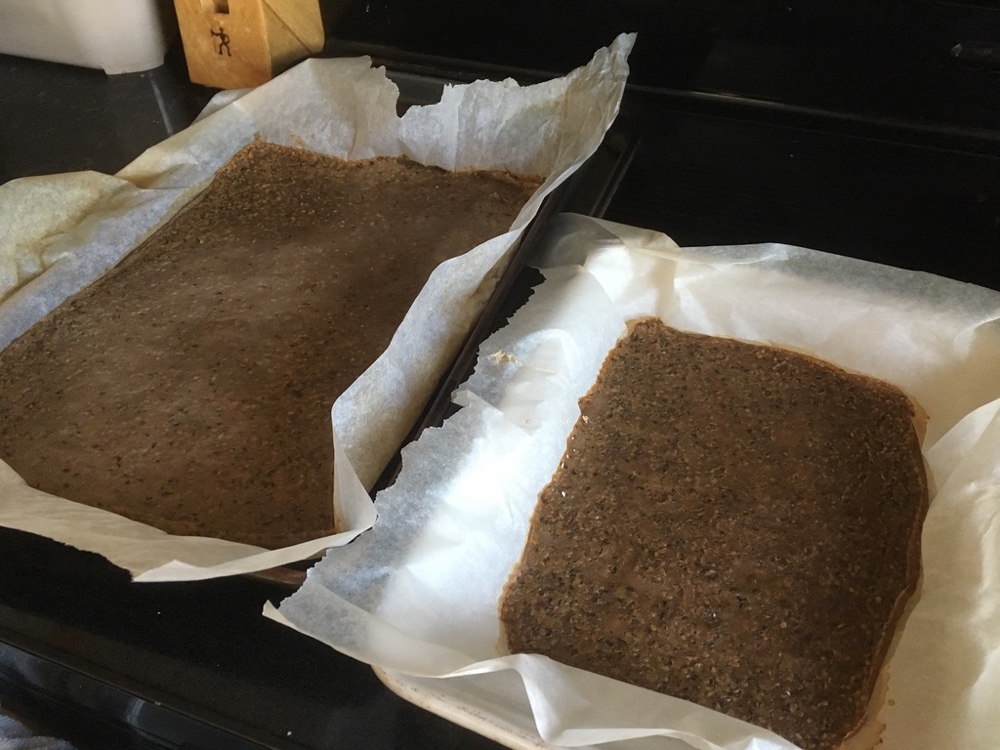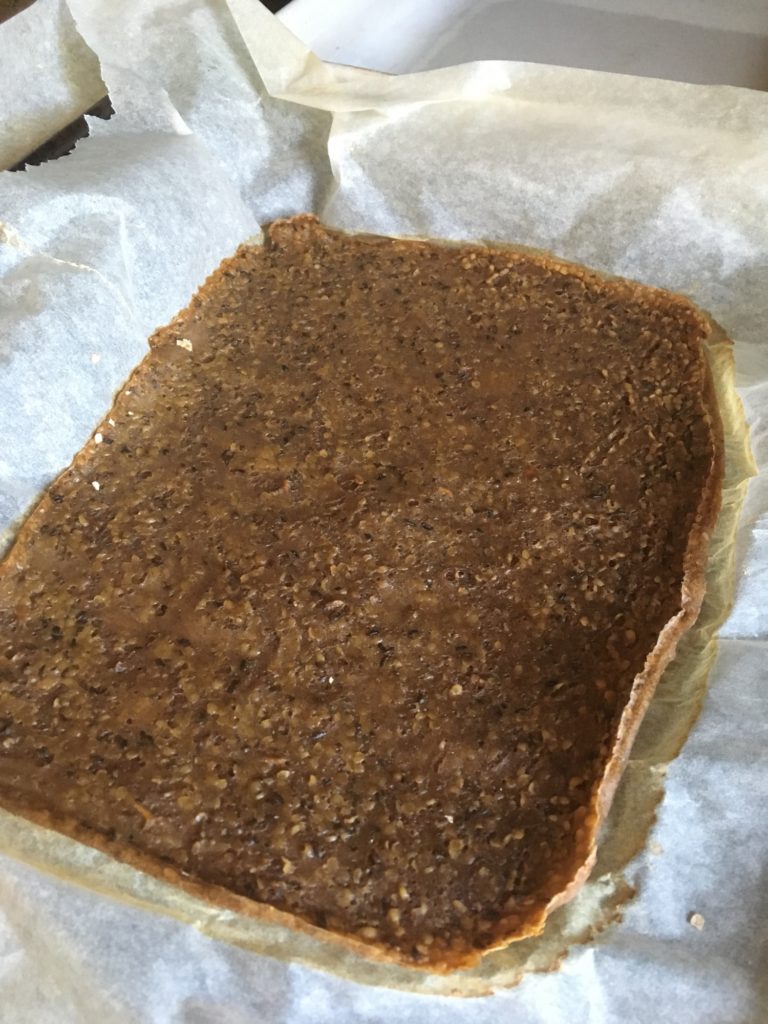
Miso, Tempeh, Natto & Other Tasty Ferments is my new favourite cookbook! I write this as I’m preparing for the three-day (low-effort) adventure that’s making Indonesian oncom, a more sausage-like (apparently) version of tempeh where you end up with soymilk as a by-product (with which I’ll make soymilk yogurt, because why not?).
For anyone who’s wanted to get into fermenting beans, grains and nuts for natto, tempeh, injera, miso, shoyu, garums or any other fermented paste, sauce, drink or spread, Miso, Tempeh, Natto & Other Tasty Ferments is the book for you. It’s more beginner-friendly than The Noma Guide to Fermentation and more visual and focused on these particular kinds of ferments than my other fermentation go-to guide, Wild Fermentation: The Flavor, Nutrition, and Craft of Live-Culture Foods by Sandor Katz.
The book by Christopher and Kirsten Shockey explains a whole lot of your options for cooking beans and fermenting them. They’re instructions have turned me into a serial pressure steamer (the resulting creamy texture has changed my life – why would I ever pressure cook or, god forbid, boil chickpeas again?). I’m also now regularly setting up my dehydrator to make natto (I have to add some ramekins of water so it doesn’t dry out). And I now have a ton of respect for tempeh-makers who keep their beans whole, which requires hours of peeling them by hand (or investing in a large machine, which was seeming more and more like a good idea until the Shockeys wrote that I could just chop them next time).


Misos and other tasty pastes
My next experiment will be miso, a months-long process that I’m now not scared to undertake. I’ve cross-referenced the miso and tasty pastes instructions with those given at a local “learn to make miso class” that’s been running for years and it’s very similar (though more visual and more thorough). And I love the stories in the book of small startup companies who’ve been making these ferments for years. It’s a helpful way of inspiring newbies like me.
I even ordered the recommended organic soybeans from Signature Soy (the company has specific beans for natto, others for tempeh and others for soymilk) and then drove across the US border to pick them up (which is legal, because the beans aren’t for growing, they’re for eating) since the company doesn’t deliver to Canada (yet?). And I’m glad I stocked up, because this cookbook has tons of other recipes I want to try from around the world. Seems a lot more people than the Japanese and Indonesians are into fermented beans.


And if you don’t know why you should be making these things instead of buying them, make them once and you’ll see. The flavour of the natto was so clean, with just the tiniest bit of natural bean sweetness. And the money I saved on natto alone was worth it, plus you can keep making more from your first batch instead of buying more spores.
And for the sourdough lovers, the book inspired me to ferment almost all my batters for flatbreads to give them a tangy flavour. That goes for everything from teff for injera to rice for dosa to gluten free flours for everyday baking.


Any cookbook that can get me making decent tempeh and regularly making natto and even thinking about storing away a miso paste for a year is a good one. And this is a great one. The co-authors make me wish I’d written this book, but I can only imagine all the testing and years of recipe writing that went into it.
This book is a labour of love that deserves to be on every home-canner, home-fermenter and want-to-be-home fermenter’s bookshelf. And it’s the kind of book that I’m going to get wet and wrinkled and should probably buy three copies of now so it lasts for the next 30 years at least, by which point I’ll probably have switched to a digital version so I’ll never have to wreck another page.
Where to Get it
Miso, Tempeh, Natto & Other Tasty Ferments: A Step-by-Step Guide to Fermenting Grains and Beans
Leave a Reply